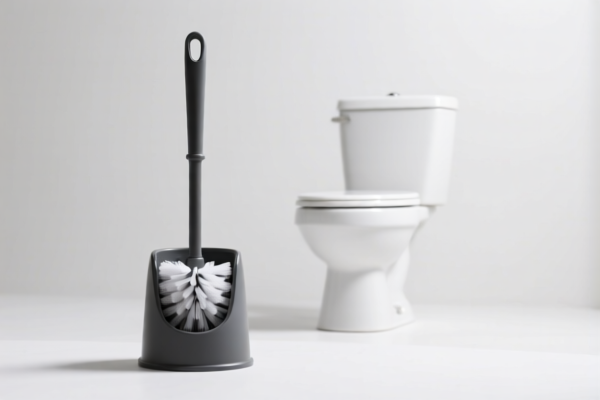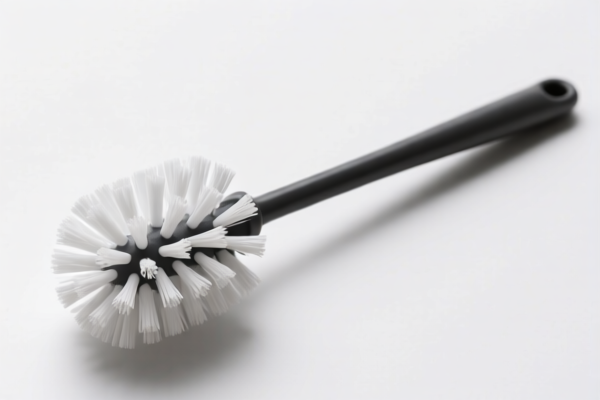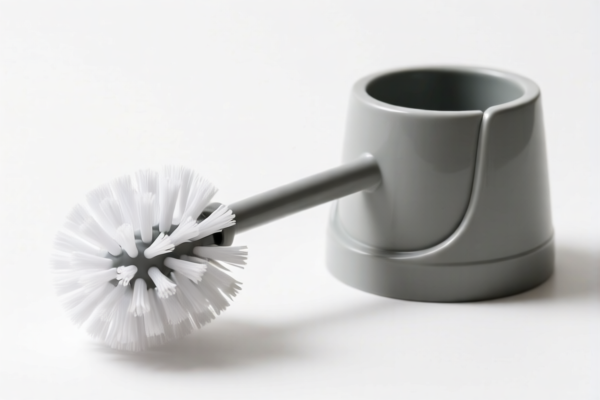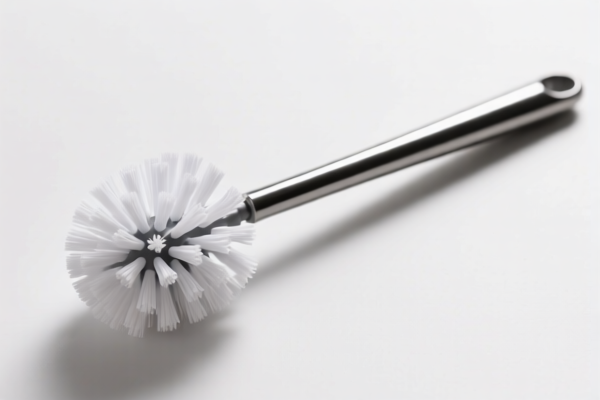| HS Code | Official Doc | Tariff Rate | Origin | Destination | Effective Date |
|---|---|---|---|---|---|
| 6601100000 | Doc | 36.5% | CN | US | 2025-05-12 |
| 6601990000 | Doc | 38.2% | CN | US | 2025-05-12 |
| 6602000000 | Doc | 41.5% | CN | US | 2025-05-12 |
| 3924104000 | Doc | 33.4% | CN | US | 2025-05-12 |
| 3924905650 | Doc | 40.9% | CN | US | 2025-05-12 |
| 3926901000 | Doc | 40.9% | CN | US | 2025-05-12 |




Foot Brush
A foot brush is a cleaning tool specifically designed for scrubbing and exfoliating the skin on the feet.
Material:
- Natural Bristles: Traditionally made from boar bristles, known for their firmness and ability to stimulate circulation. These are less common now due to hygiene concerns and animal welfare considerations.
- Synthetic Bristles: Typically nylon or plastic, offering durability, ease of cleaning, and varying degrees of stiffness.
- Pumice Stone: Often incorporated into foot brushes for removing dead skin and calluses.
- Wood/Plastic Handle: Provides a grip for use; wood offers a more natural aesthetic while plastic is more water-resistant and affordable.
- Loofah: Some brushes integrate loofah for gentle exfoliation and a softer scrubbing action.
Purpose:
- Exfoliation: Removes dead skin cells, preventing buildup and promoting smoother feet.
- Circulation: Stimulates blood flow, which can help with foot health and reduce fatigue.
- Cleaning: Removes dirt, grime, and bacteria from the feet and between toes.
- Callus Removal: Helps to soften and remove hardened skin (calluses) on heels and soles.
- Preparation for Pedicures: Prepares the feet for better absorption of lotions and creams.
Function:
Foot brushes function by applying abrasive action to the skin's surface. The bristles or pumice stone physically remove dead skin cells and debris. Some brushes feature textured surfaces or massaging nodes to further enhance circulation and provide a more comfortable experience.
Usage Scenarios:
- Daily Foot Care: Regular use (e.g., during showering) to maintain foot hygiene and prevent buildup.
- Pedicures: As a preparatory step before filing, buffing, and polishing the nails and skin.
- Post-Exercise: To remove dirt and sweat after physical activity.
- Individuals with Dry Skin: To help remove flaky skin and improve the absorption of moisturizers.
- Individuals with Foot Odor: To help remove bacteria and reduce odor.
Common Types:
- Handheld Foot Brushes: The most common type, requiring manual scrubbing. Available in various shapes and bristle types.
- Foot Scrubbers with Handles: Long-handled brushes that allow users to reach their feet without bending over.
- Foot Files with Brush: Combine a file for removing calluses with a brush for cleaning and exfoliating.
- Electric Foot Brushes: Powered brushes that provide automated scrubbing and exfoliation.
- Foot Basins with Brushes/Nodes: Basins designed with built-in brushes or massaging nodes for a more comprehensive foot care experience.
- Loofah Foot Brushes: Incorporate loofah material for a gentler exfoliation.
Foot brushes are typically considered household articles for hygienic purposes. Based on the provided information, the following HS codes may be relevant:
-
3924905650: Tableware, kitchenware, other household articles and hygienic or toilet articles, of plastics: Other: Other. This code covers a broad range of household and hygienic articles made of plastics, which would include a plastic foot brush.
- Chapter 39: Plastics and articles thereof. This chapter generally covers products made from plastic materials.
- Heading 3924: Tableware, kitchenware, other household articles and hygienic or toilet articles, of plastics. This heading specifically focuses on plastic items used in the household for various purposes, including hygiene.
- Subheading 3924905650: This further specifies "Other: Other," indicating a catch-all category for plastic household and hygienic articles not specifically listed elsewhere.
-
3926901000: Other articles of plastics and articles of other materials of headings 3901 to 3914: Other: Buckets and pails. While primarily for buckets and pails, this code covers "other articles of plastics," potentially including a foot brush if it's constructed from plastic.
- Chapter 39: Plastics and articles thereof.
- Heading 3926: Other articles of plastics and articles of other materials of headings 3901 to 3914. This heading covers plastic articles not classified under other headings within Chapter 39.
- Subheading 3926901000: This specifies "Other: Buckets and pails," but also includes other plastic articles.
According to the provided reference material, the HS code options related to 'foot brush' are limited, with only the following 2 found.
Regarding HS code 3924905650 and 3926901000, please note that the material composition of the foot brush (specifically whether it is plastic) is important for correct classification. If the brush is made of plastic, either of these codes could apply.
Customer Reviews
No reviews yet.